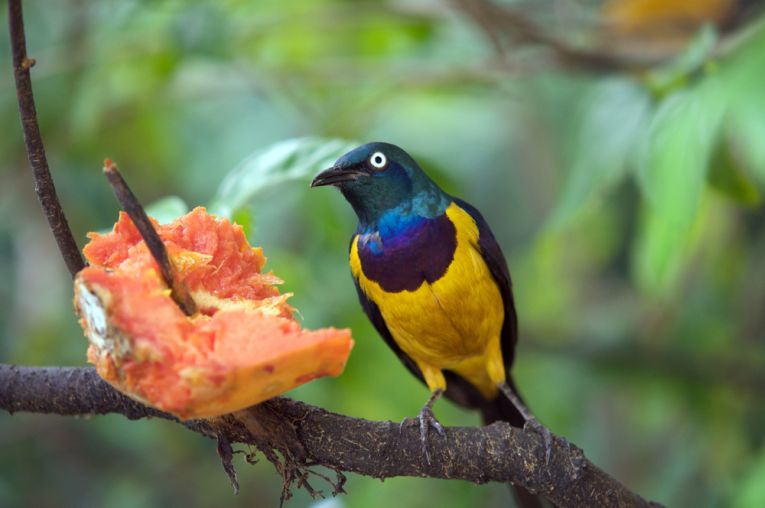When will the ceaseless loss of tropical forest end? Should loggers and land-grabbers leave and allow people to organise their own forests? The temperature, rainfall and position suit many cash crops, so it is only a matter of time before every native tree, animal and person is removed from the situation!
The Pleistocene continent of Sunda had disappeared by the time Taiwanese residents began colonising 4200 years ago. These first rice farmers were thought so successful that life since then has been a product of their cultural revolution. Instead of this theory however, many other possible human influences on the tropical forests of SE Asia have to be imagined. It would be silly to stick to one theory of rice farmers when contradictory evidence for many other cultural practices is uncovered. The Early Holocene, 11,700 years ago, saw the possibility of complex food production in the rain forest over a very large area, after an Ice Age.
Investigators have always previously failed to notice the many traditional and local agricultural traditions, often associated with hunting and gathering the rich resources that are still available now. The peoples of SE Asia often exchanged plants, animals, technologies and genes, just as elsewhere. This has produced theories of the rainforest as a set of cultural artefacts, affected by ancestors in ways which are completely forgotten.
The evidence for these people-oriented forests is in the disruptions in succession of forest plants. The real facts portray peoples who swapped plants regularly and introduced forest species, into new habitats and areas almost like modern gardeners. Strangely, this also leads into the politics of who owns the rainforest. For 11,000 years current tribal peoples have been managing their land in ways which we couldn't understand.
Instead of the label, "nomad," these forest dwellers have simply operated on a sustainable principle. They left no mark (that we could see.) Pollen research has revealed the lie. After the last Ice Age, people will have fired, planted and cleared land throughout the rainforests. Just like hornbills or primates, they wanted fruit, so the trees were planted, just as you find ancient apple and pear trees in modern European landscapes.
Drs. CO. Hunt from Queen's University, Belfast and RJ. Rabett of Cambridge University collaborated in producing and reviewing this case against the rampant land-grabbing that has taken place in this region. Humans are rarely reduced like this to the level of a simple animal species, unable to manage land. But this argument suited the profiteers who log, plant oil palm and mine now indiscriminately. Chris himself states, "Given that we can now demonstrate their active management of the forests for more than 11,000 years, these people have a new argument in their case against eviction." And don't forget reparations!
The Penan people of the Kelabit Highlands in Borneo could be the first to benefit, as we all try to protect the last elephant, tiger, rhinoceros and orang-utan, along with their habitat. They have campaigned unsuccessfully for 40 years to persuade and blockade invaders such as logging companies from their forest. Equally, indigenous people in parts of Borneo, Sumatra, Java, Thailand and Vietnam have needed to fight their governments and others to claim any rights whatsoever.
These formerly vast region of pure forest were not virgin wilderness after all. Back to Chris Hunt: "Our findings indicate a history of disturbances to vegetation. While it could be tempting to blame these disturbances on climate change, that is not the case, as they do not coincide with any known periods of climate change. Rather, these vegetation changes have been brought about by the actions of people." For example, the Borneo Highlanders burned forest to plant food-bearing plants, as shown by the charcoal deposits, 6,500 years ago. Instead of the obvious short term regrowth of weeds and trees, fruit trees had grown. It would be incredible to suppose that the trees found their own way to the clearing.
In a similar fashion, 10,000 years ago the New Guinea sago palm appeared in Borneo, 2000km away from its home. The Penan are again involved as their prehistoric voyages seem to indicate that they would have been as far as New Guinea, and collected many other plants too. Maybe, after thousands of years and land claims against them, people can return to their ancestral land and claim it as their own. CO. Hunt and RJ Rabett published their paper, "Holocene landscape intervention and plant food production strategies in island and mainland Southeast Asia," in the Journal of Archaeological Science.










